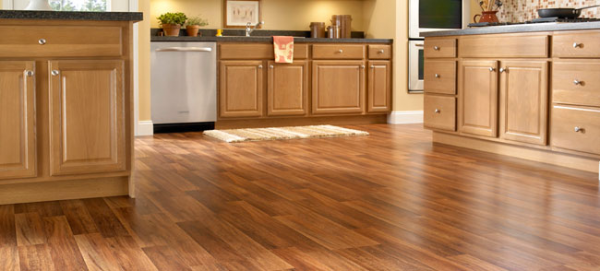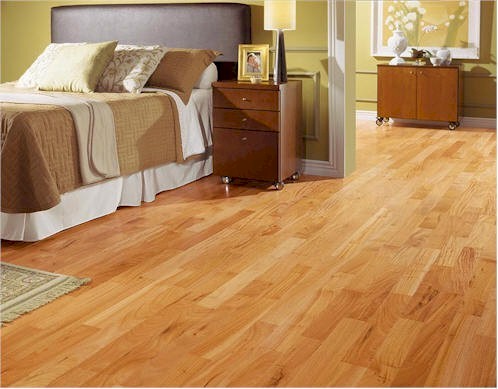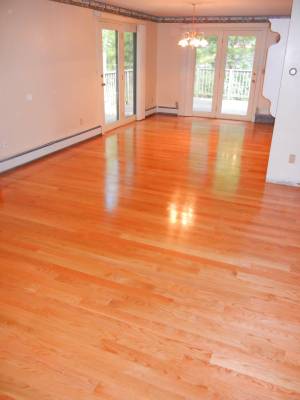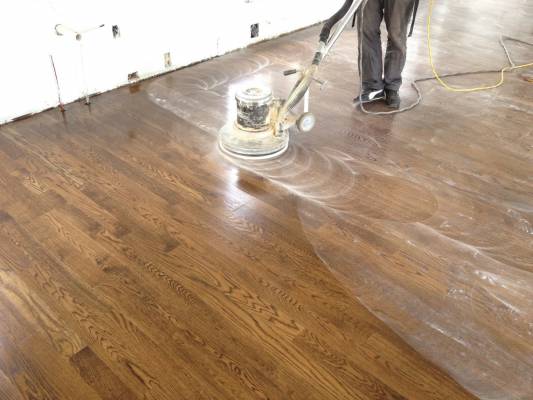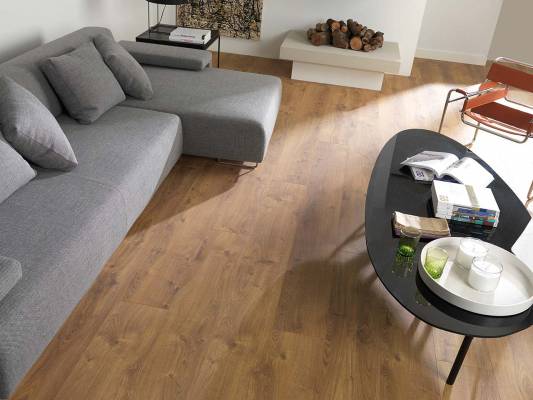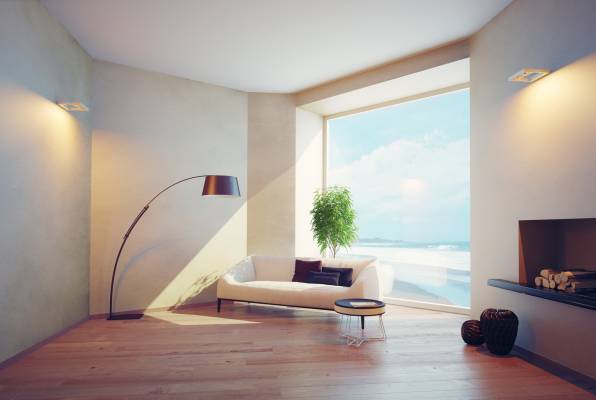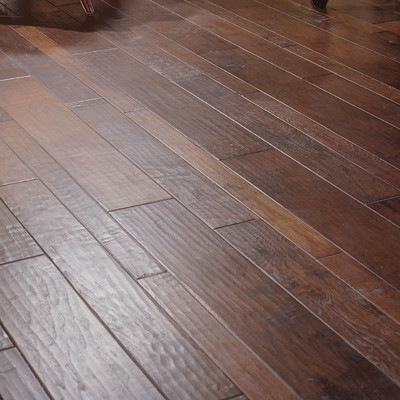Acclimating Your New Flooring: Why it’s Essential to Wait
A word of caution, never let your contractors install your new floor as soon as the cartons arrive at your home. Any new floor, whether it’s hardwood, engineered wood, or laminate, needs to sit in your house for at least 48 hours in the room it will be installed in order to acclimate or to become accustomed to a new climate or conditions.
For example, if you live in the Southwest where it’s very dry, and decided to take a vacation exploring the rain forest in Brazil where’s it’s intensely humid, it might take you a few days to get used to, or get acclimated to, your new environment. Read More Acclimating Your New Flooring: Why it’s Essential to Wait


